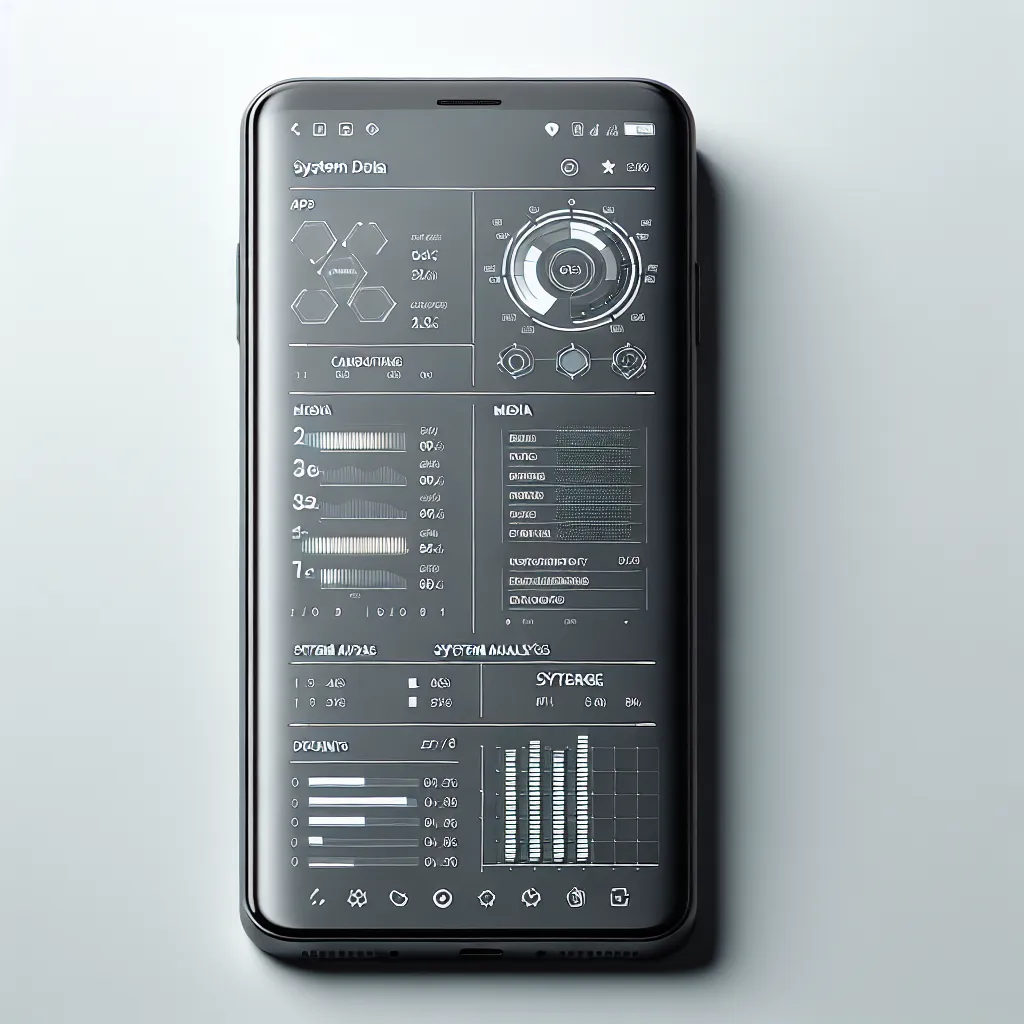Deleting iOS Storage: A Comprehensive Guide

Have you ever wondered why your iPhone’s storage fills up so quickly, even when you haven’t added new apps or taken more photos? This conundrum often boils down to the mysterious System Data, a storage category that accumulates seemingly without reason. Let’s uncover the secrets of this elusive data and explore effective methods to free up precious space on your iOS device.
Understanding System Data on iPhone
What is System Data?
System Data, formerly known as “Other,” includes a variety of files such as caches, logs, and other resources that your iPhone uses for smooth operation. This category can swell with time, eating into your device’s storage and causing those dreaded low-space alerts.
Why Does System Data Consume So Much Space?
Several factors contribute to the bloating of System Data:
- System Files: iOS updates and necessary files for apps and Siri often reside here.
- Temporary Files: These are generated by apps and the system itself, meant to be purged automatically, but can linger.
- Media Caches: Streaming apps like Apple Music or Netflix store temporary data for better performance.
- Log Files: These files record system activity and errors.
How to Check System Data Usage
To check how much System Data is occupying your storage:
- Open the Settings app.
- Navigate to General ➙ iPhone Storage.
- Look for the light gray bar labeled “System Data.”
For a more detailed view, connect your iPhone to a Mac and use Finder or iTunes to check the storage breakdown.
Effective Methods to Clear System Data
Method 1: Delete Message History
Automatically deleting old messages can significantly reduce System Data:
- Go to Settings ➙ Messages ➙ Keep Messages and select either 1 Year or 30 Days.
Method 2: Remove Large Attachments
Review and delete large files that are clogging your storage:
- Go to Settings ➙ General ➙ iPhone Storage ➙ Messages.
- Browse through Top Conversations, Photos, and Videos.
- Delete unnecessary attachments.
Method 3: Clear App Caches and Offload Apps
Apps can accumulate hefty caches over time:
- Go to Settings ➙ General ➙ iPhone Storage and select an app.
- Choose to Clear Cache or Delete App if necessary.
- Reinstall the app from the App Store.
Method 4: Clear Browsing History
Regularly clear your browsing history to free up space:
- For Safari, go to Settings ➙ Safari ➙ Advanced ➙ Website Data and tap Remove All Website Data.
- For Chrome, open the app, tap the three-dot icon, and select History ➙ Clear Browsing Data.
Method 5: Delete Local Backups
iCloud backups can duplicate data on your device:
- Open Settings and tap your name.
- Go to iCloud ➙ Manage Account Storage ➙ Backups.
- Choose a backup to delete and confirm by tapping Turn Off & Delete.
Method 6: Factory Reset
As a last resort, you can reset your iPhone to its factory settings:
- Back up your data via Finder or iTunes.
- Go to Settings ➙ General ➙ Transfer or Reset ➙ Erase All Content and Settings.
- Follow the prompts to complete the reset.
Tips and Testimonials
User Tip: Regularly monitor your System Data usage and clean up your device monthly to prevent data from accumulating.
Testimonial: “After clearing my cache and deleting old backups, my iPhone runs smoother, and I have more storage space for new photos and apps!” – Sarah, avid iPhone user.
Conclusion
By understanding and managing your iPhone’s System Data, you can maintain optimal device performance and avoid storage issues. With these tools and strategies, reclaiming storage space becomes a manageable task rather than a constant struggle.
Remember, keeping your digital life organized is akin to tidying your home — a little effort goes a long way in ensuring a clutter-free environment.
How to Delete iOS Storage
To delete iOS storage, follow these steps:
1. Check Storage Usage
- Go to Settings ➙ General ➙ iPhone Storage.
2. Clear Unused Apps
- Identify and delete apps you no longer use.
3. Remove Large Attachments
- Clear large files in Messages and Photos.
4. Clear Cache
- Clear cache from apps directly in their settings.
5. Delete Local Backups
- Manage backups through Settings ➙ iCloud ➙ Manage Storage.
For enhanced privacy while managing your storage, consider using Forest VPN. It secures your online activities and keeps your data safe.
FAQs About Clearing System Storage on iPhone
What is System Data on iPhone storage?
System Data, previously referred to as ‘Other’, includes caches, logs, and various resources utilized by the iOS system. It can accumulate over time and often takes up a significant portion of your storage, typically ranging from 5 to 20 GB or more.
Why is my iPhone System Data so high?
The System Data category can grow large due to various factors, such as system files, temporary files generated by apps, media caches from streaming services, and log files that record system activity. Over time, these files can clutter your storage.
Can I delete System Data on my iPhone?
While you cannot delete System Data as a whole, you can reduce its size by clearing specific files within that category. Methods include deleting message history, removing large attachments, clearing app caches, and offloading unused apps.
What happens if my iPhone storage is full?
When your iPhone runs out of storage, it may become slow and less responsive. Additionally, you may be unable to install or update apps. To free up space, consider deleting unnecessary files and clearing System Data.
How can I monitor my iPhone’s System Data usage?
To check your System Data storage, open the Settings app, go to General, and select iPhone Storage. Here, you can see a visual representation of your storage categories, including System Data.
